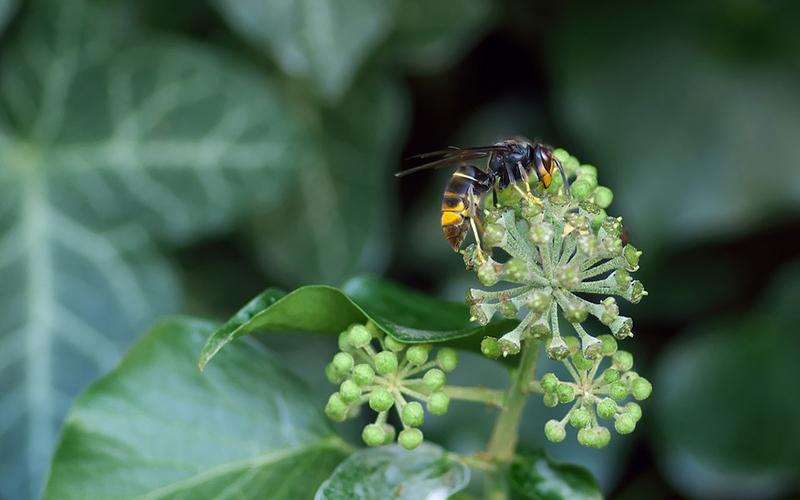
Raising awareness of Invasive Species Week
This week marks ‘Invasive Species Week’, aimed to raise awareness of invasive non-native species and inspire the public to stop the spread of invasive species.
As most BALI members already know, non-native species are those that have been transported from their native environments to a new region – generally with the assistance of humans. Non-native species frequently have a negative impact on the environment.
Together with details of the most prolific invasive species, statistics have been released which highlight the extent of the issue in the UK and further afield:
- Around 2000 non-native plants and animals from all over the world have been introduced to the UK by people
- Invasive species have contributed to 40% of the animal extinctions that have occurred in the last 400 years.
- On islands, invasive species are the primary driver of biodiversity loss.
- Invasive species cost the UK economy at least at least £1.8 billion a year
- 30% of the UK’s Important Plant Areas have been found to contain invasive non-native species
Plant species of concern in the UK include:
Himalayan balsam
- Introduced by the Victorians for use in ornamental gardens.
- Can now be found growing wild across much of GB, where it crowds out native plants including tansy which is the only food plant of the highly endangered tansy beetle.
- The once widespread tansy beetle was reduced to a single population.
- As part of the Tansy Beetle Action Plan the Tansy Beetle Action Group has been controlling Himalayan balsam to restore sites across the beetle’s range.
- Tansy beetles are now found in two areas and numbers increased by 60% between 2015 and 2016.
Asian hornet
- Highly aggressive predator of native insects and poses a significant threat to honeybees and other pollinators.
- In 2004 it was accidentally introduced to France where it has spread rapidly and into neighbouring countries.
- Since 2016 several sightings have been recorded in the UK
Buddleia
- Causes structural damage to buildings, roots in cracks in masonry, particular threat to listed buildings.
- Estimated annual costs due to damage to UK properties, both historical and private, is £960k.
Giant hogweed
- Sap contains toxic chemicals which can cause nasty skin burns on exposure to sunlight
Japanese knotweed
- Introduced to GB in 1886 as an ornamental garden plant.
- Now widely established across most of GB.
- Forms dense stands which are extremely hard to control and costs the GB economy £166 million a year.
Rhododendron
- Rhododendron has been found to cause dramatic declines in lower plant and fungi diversity in highly ecologically important Atlantic oak-woods in Scotland
Cherry laurel
- Casts a dense shade that excludes other woodland plants and prevents regeneration of trees.
More detailed information about invasive species can be found in the help and advice section of the BALI website.

